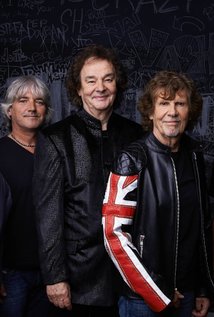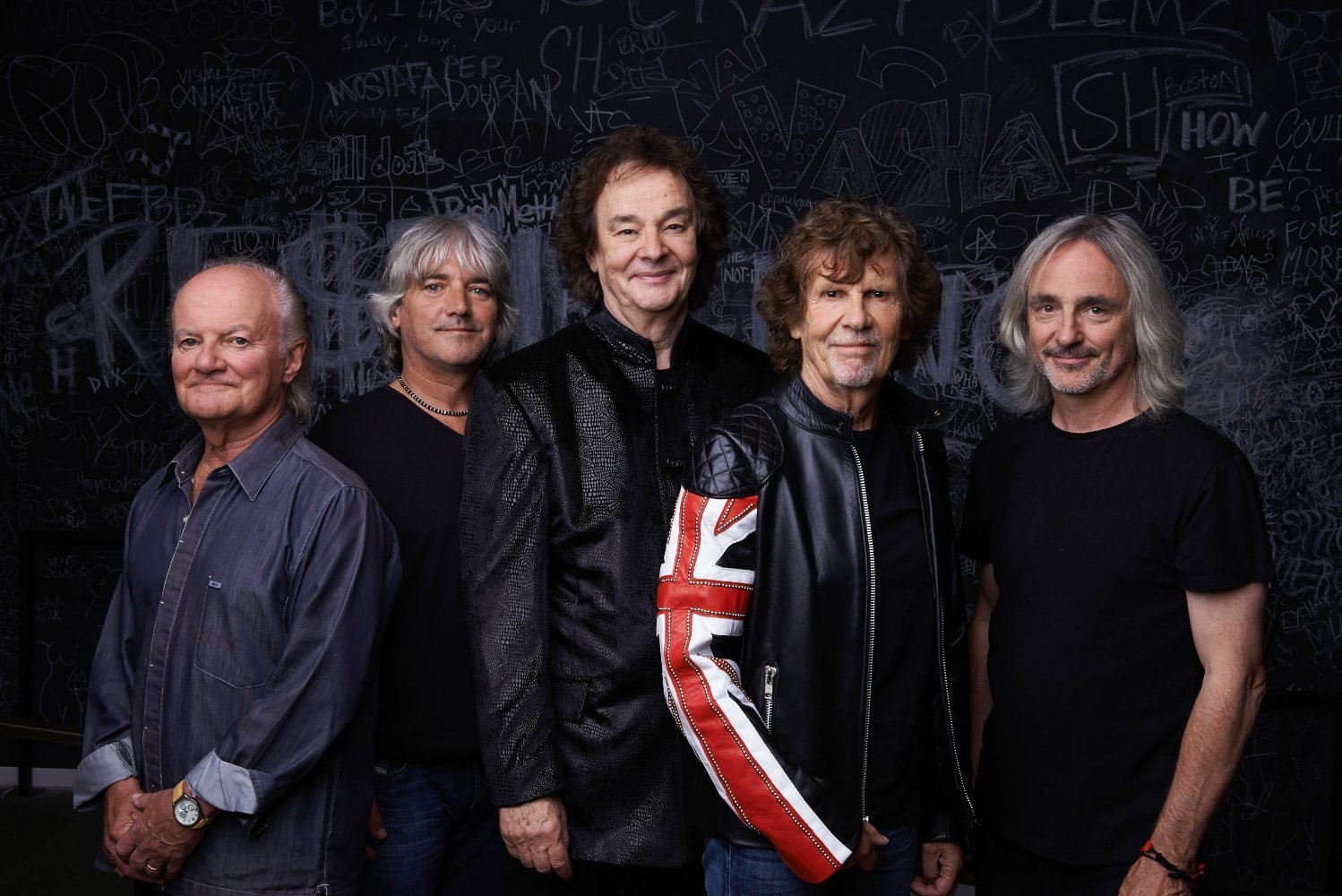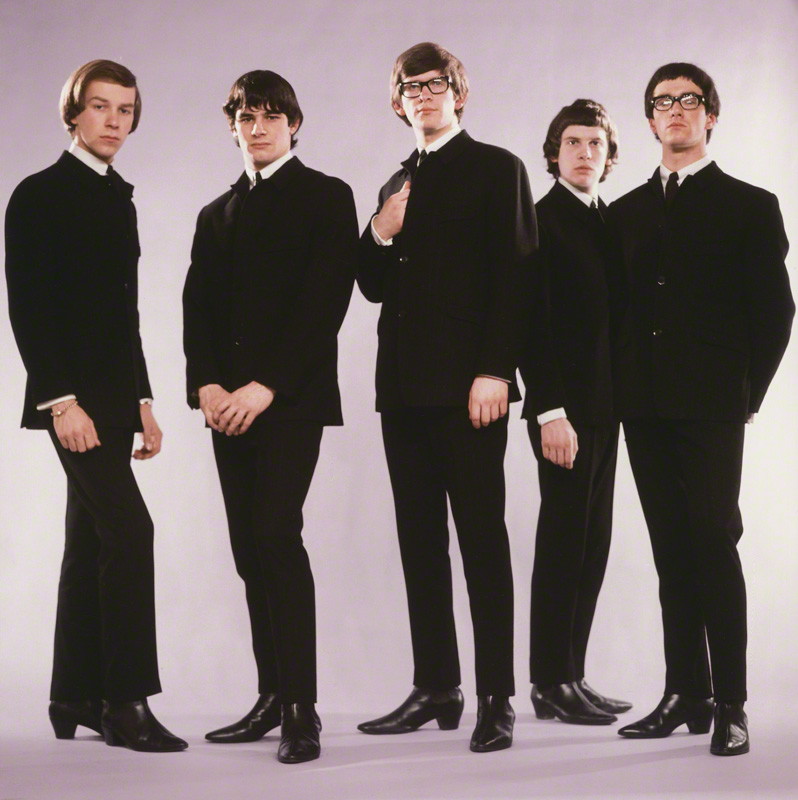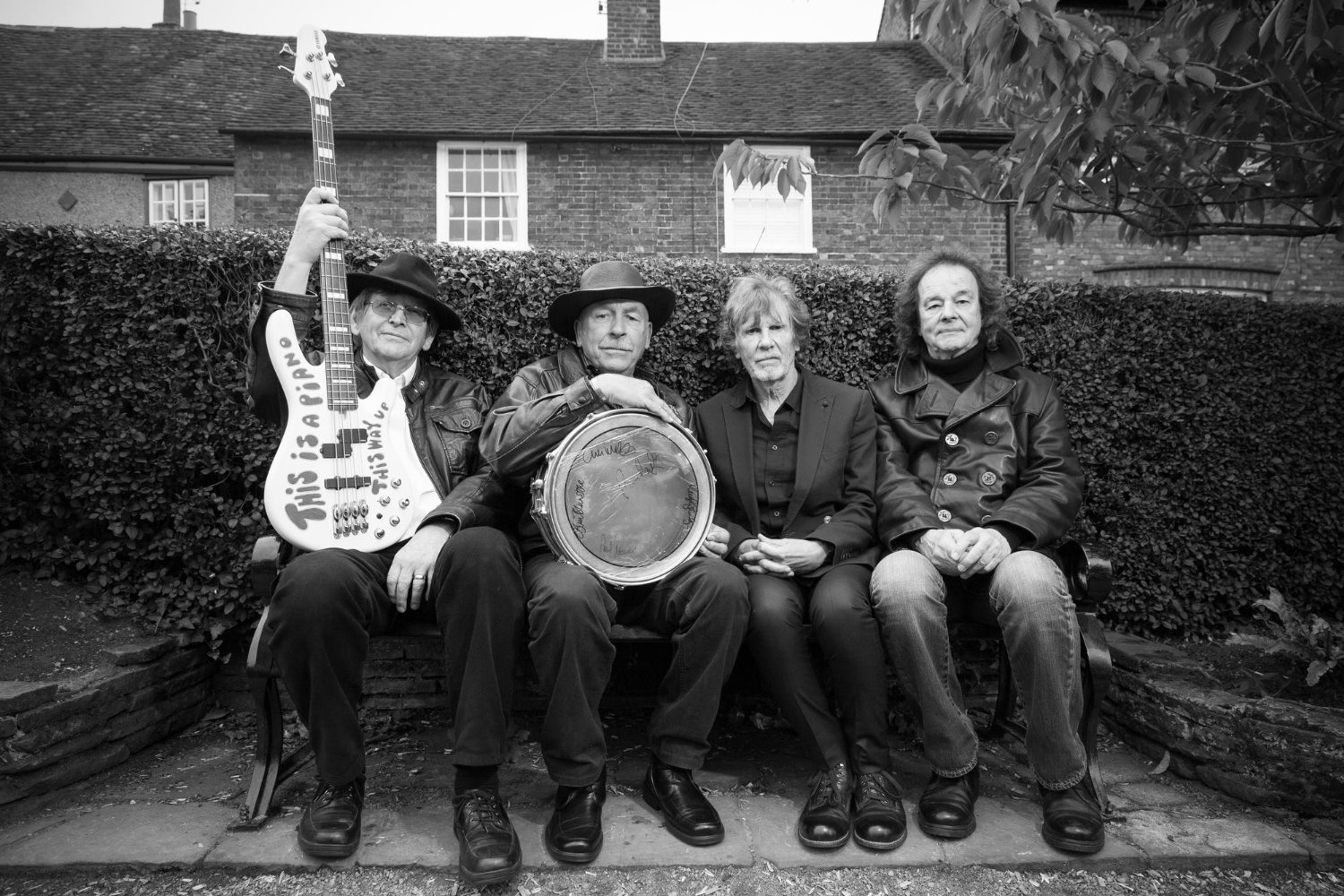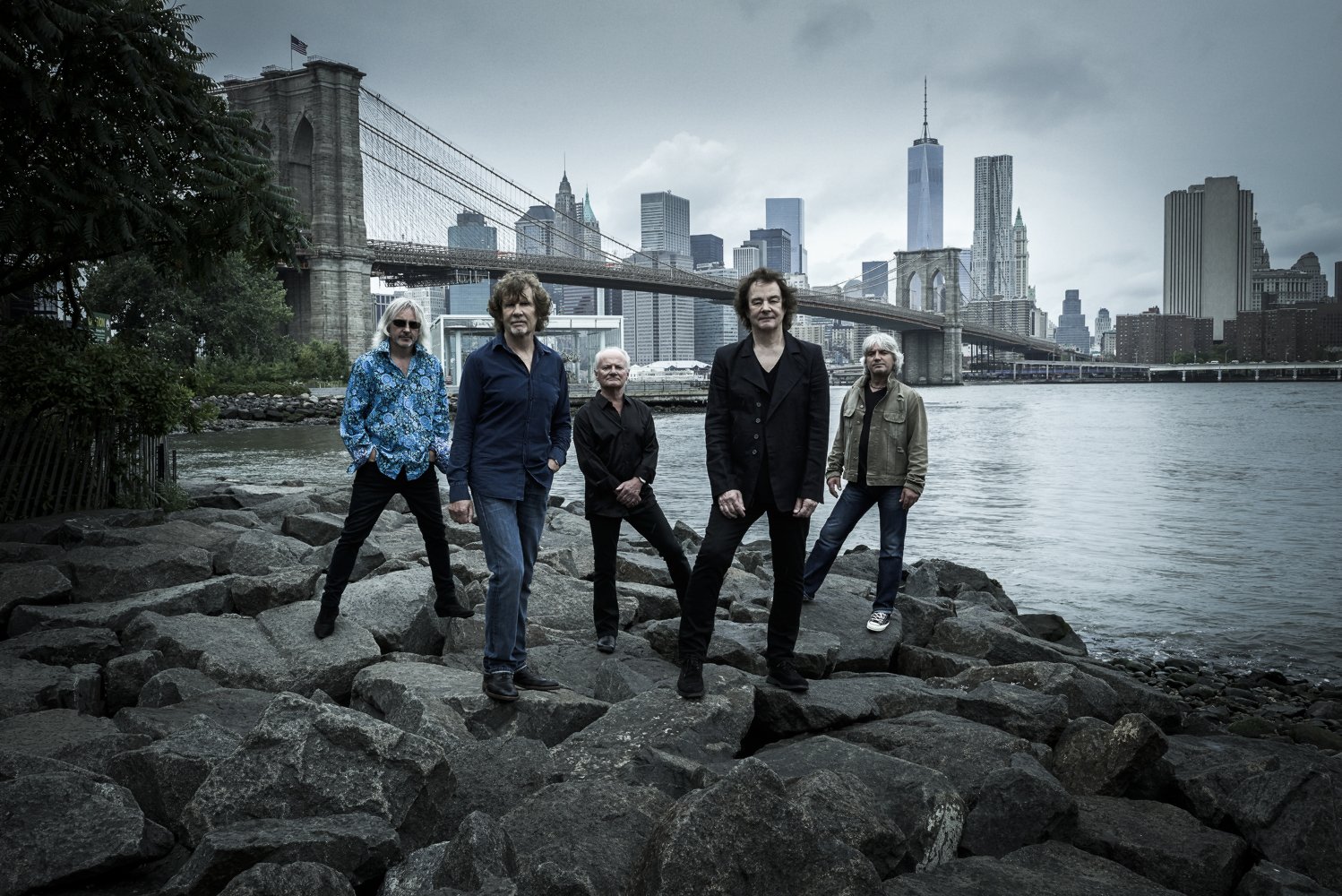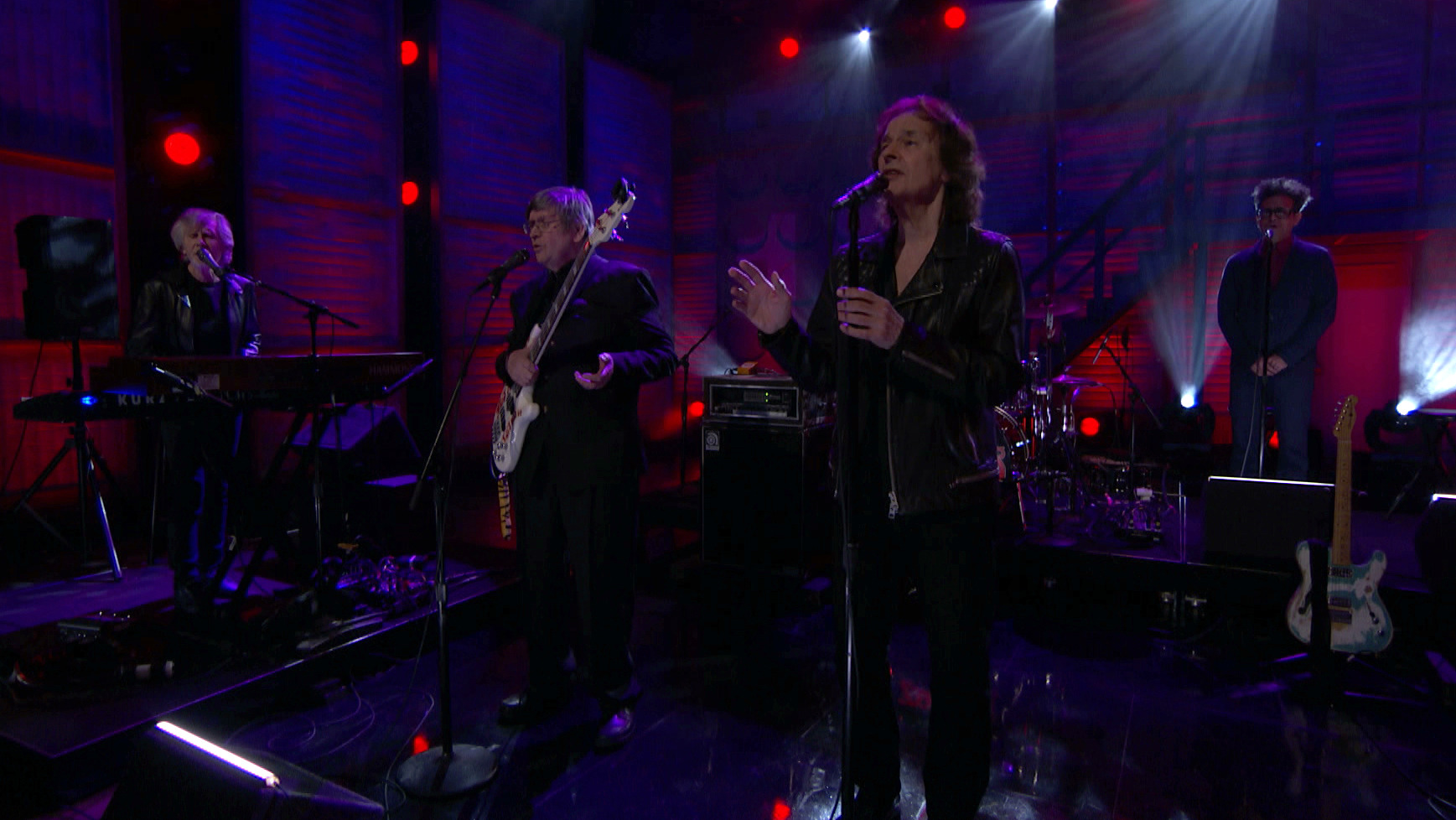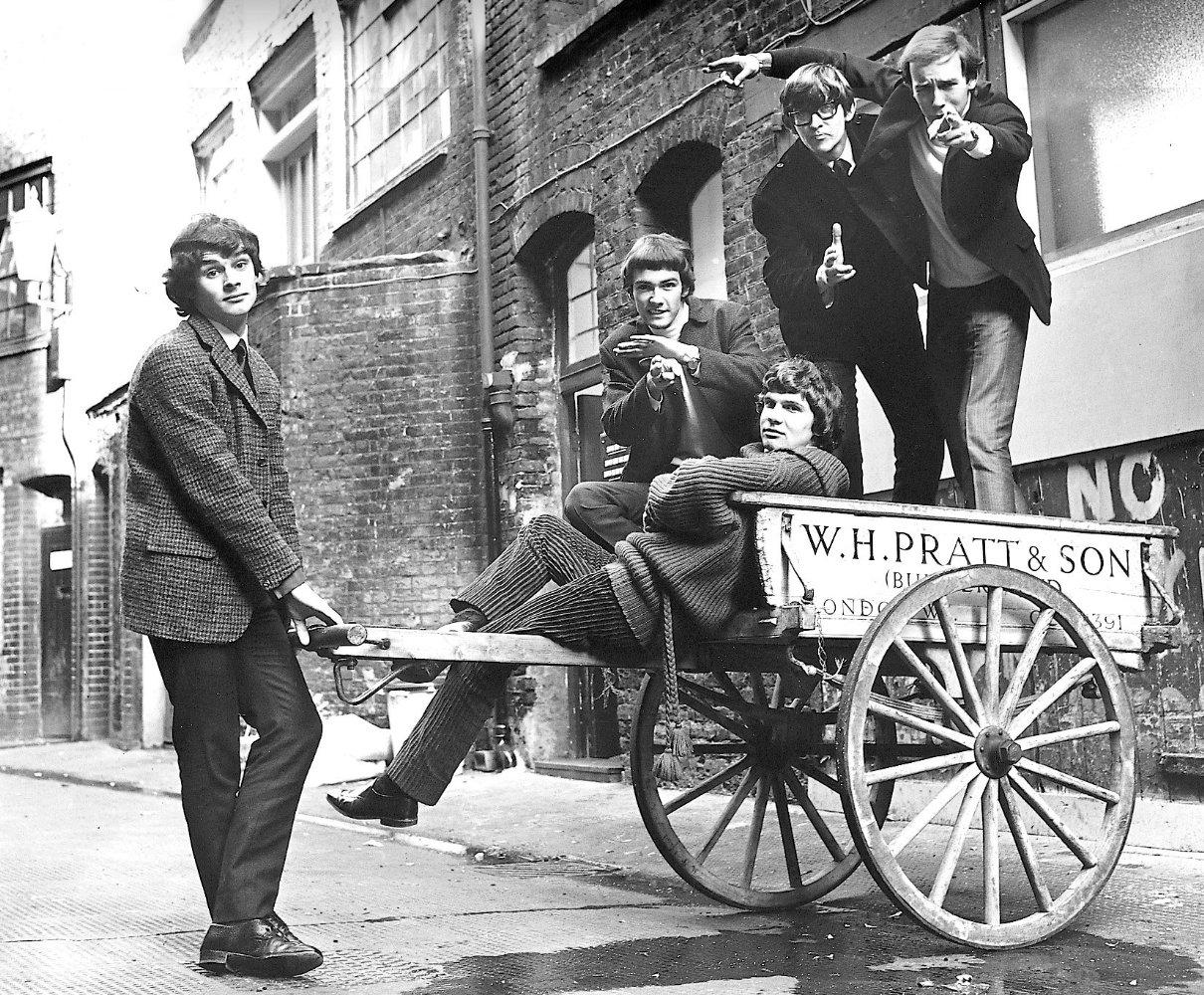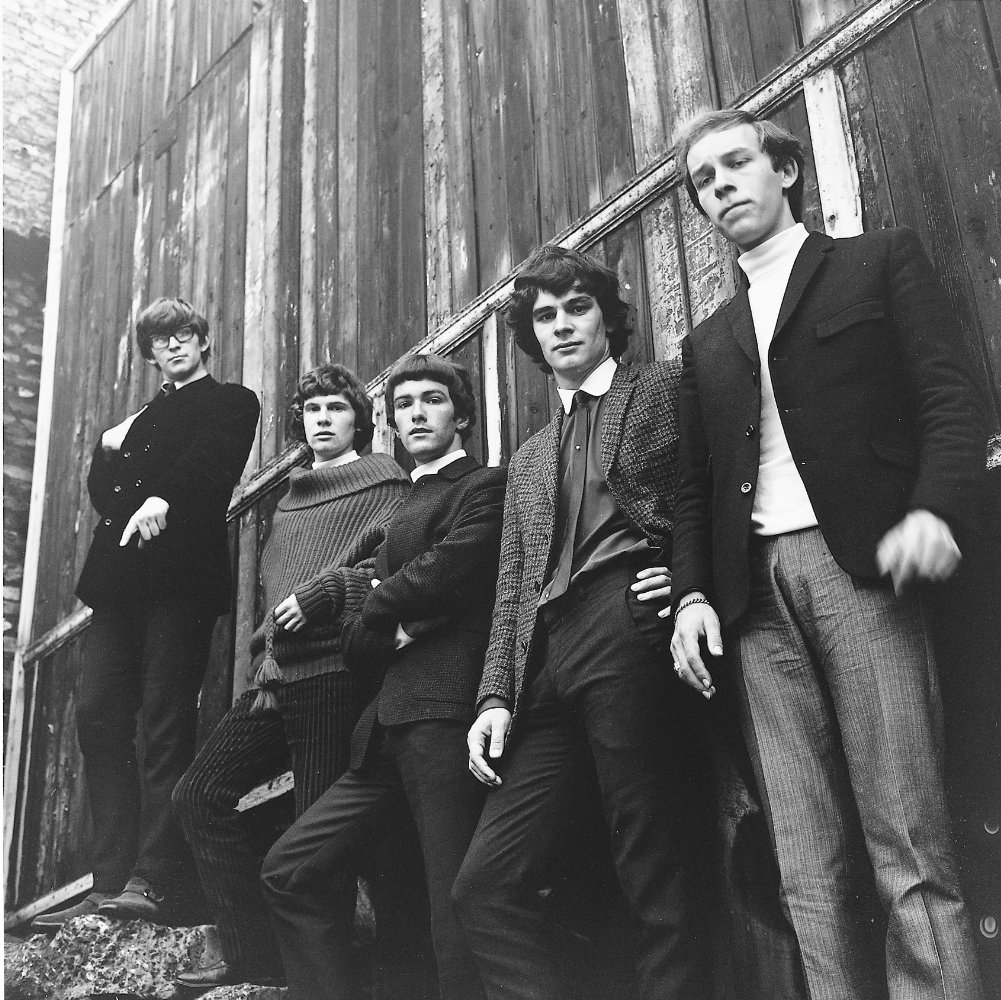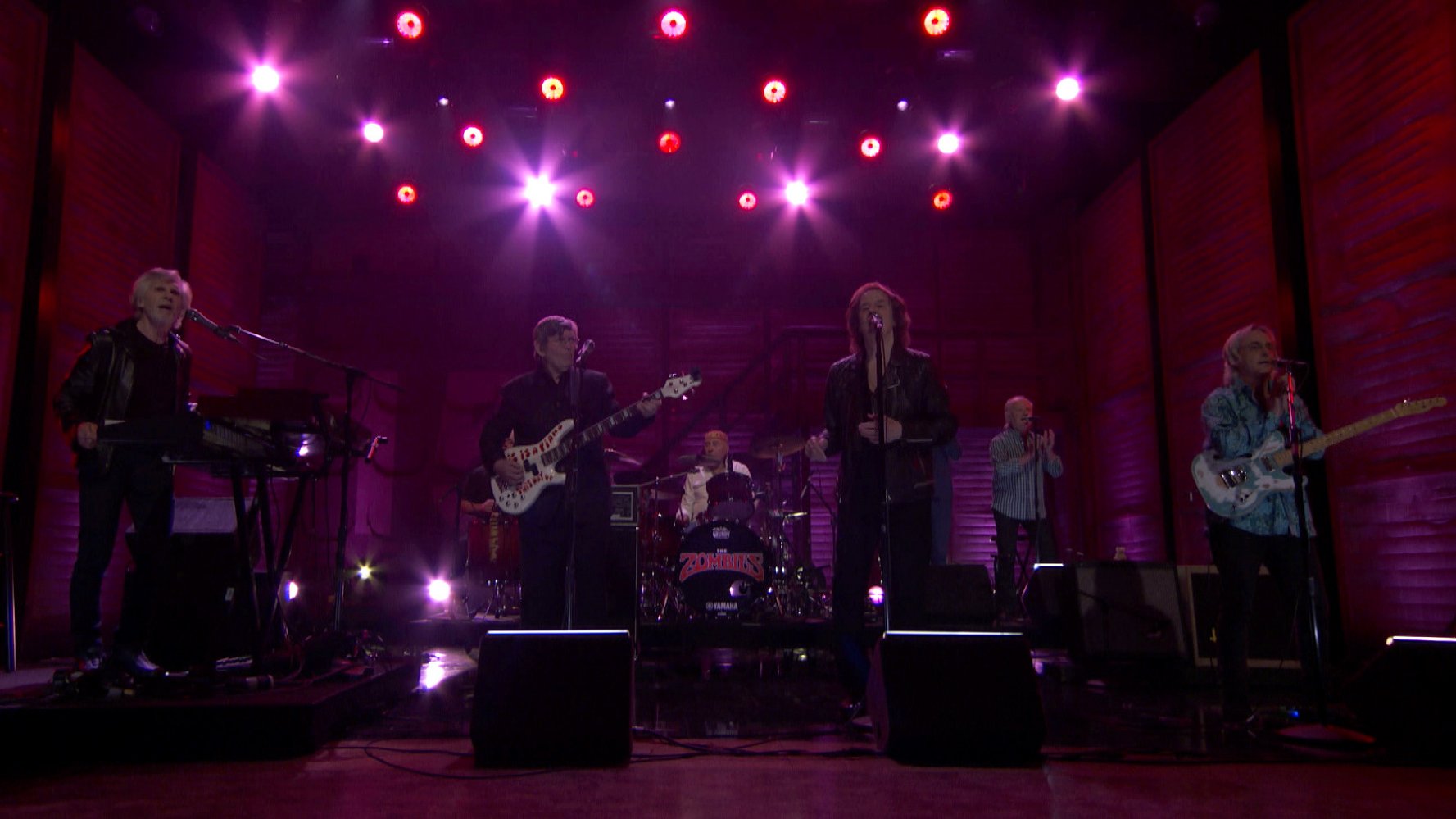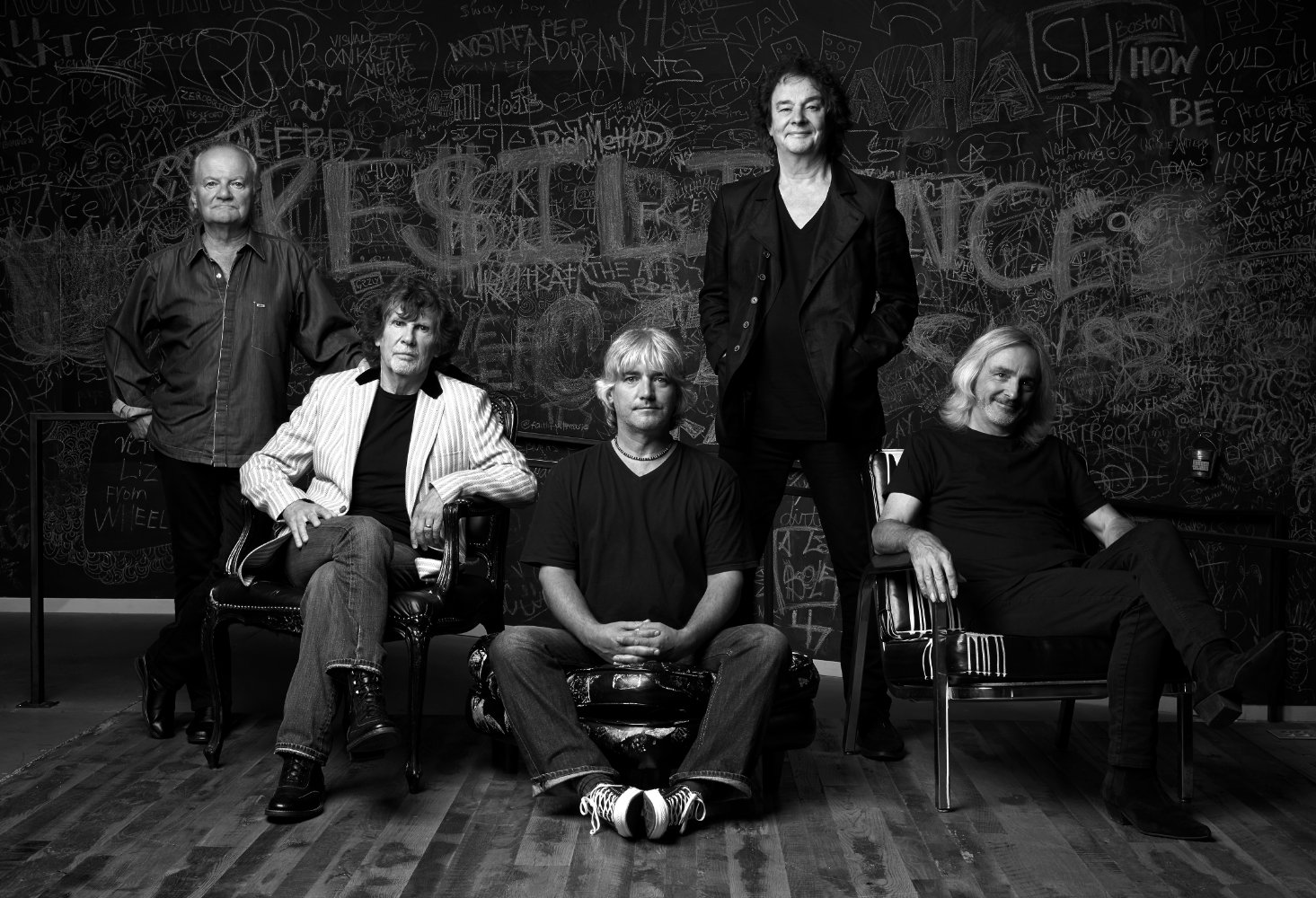The Zombies were formed in 1961 by students Rod Argent, Paul Atkinson and Hugh Grundy. They later brought in bassist Paul Arnold, who in turn brought in Colin Blunstone as lead singer. They first called themselves The Mustangs, then The Sundowners, before finally settling on The Zombies. The band began its musical career performing 1950s rock stand...
Show more »
The Zombies were formed in 1961 by students Rod Argent, Paul Atkinson and Hugh Grundy. They later brought in bassist Paul Arnold, who in turn brought in Colin Blunstone as lead singer. They first called themselves The Mustangs, then The Sundowners, before finally settling on The Zombies. The band began its musical career performing 1950s rock standards at various clubs, dances and other venues, which was common for young rock bands at the time.Arnold decided that he really didn't want a musical career (he eventually became a doctor) and left the band, to be replaced by Chris White. The band began gathering a following in mid-1962 in the St. Albans area. In 1963 they were approaching college age and began to discuss breaking up, as several members were thinking about going to university. That same year they entered a rock contest in which first prize was a recording contract with Decca Records. They made the finals and, even before the winner was chosen, they impressed Decca executives so much that they were offered a contract anyway (as it turned out, they actually did win the contest). In 1963 they began recording for Decca. The producer assigned by the label to work with them heard a song written by Argent, "She's Not There", and strongly pushed for it to be released as the group's first single. It became an immediate smash. It was played on a British music show, Juke Box Jury (1959)--a British version of Bandstand (1952)--and, as it happened, George Harrison of The Beatles was on the panel that week and loved the song. It wasn't long before the record shot to #1 on the US pop charts.The next single, "Leave Me Be", didn't do particularly well, but their following one, "Tell Her No", made the Top 10 in the US (although, for some reason, it was only a minor hit in Britain). The band toured the US with such artists as Patti LaBelle, The Shirelles and Ben E. King, among others. As successful as they were in the US, they were an even bigger hit in Asia (in The Philippines they once had five records in the Top 10 at the same time).In 1965 the band did the soundtrack for the film Bunny Lake Is Missing (1965), and made a brief appearance in the film as themselves. Unfortunately, the film was not successful. In addition, the records they were putting out didn't sell well. The band also began having problems with Decca, which they believed wasn't letting them do the kind of music they wanted to do, and they eventually split from the label. They were signed by CBS Records, for which they recorded the album "Odessey and Oracle", which was finished at The Beatles' Abbey Road Studios in 1967. After the album was done, the band broke up. Although CBS didn't want to release an album by a band that no longer existed, CBS staff producer Al Kooper--the founder of Blood Sweat & Tears--finally persuaded them to release it, and it came out in July of 1968. The first single from the album, "Care of Cell 44", didn't do particularly well, and neither did the next two tracks that were released as singles. The label agreed to release one more cut off the album as a single, and no more. That cut was "Time of the Season". It went nowhere in the UK, but a radio station DJ in the US was entranced by it and kept playing it over and over. It began to catch on, and by late 1968 it had cracked the Top Five charts in the US. Although CBS wanted the band to re-group for more albums and concert promoters offered the band enormous sums of money to re-form and tour, by this time the band had already been broken up for a year--by which time Rod Argent and Chris White had already formed the band Aster Argent and Colin Blunstone had embarked on a solo career--and the members declined. They did reunite in 1991 to record the album "New World", but it was never released in the US (where the band was always a bigger draw than they were in the UK). On November 25, 1997, all of the original band members reunited on stage at The Jazz Club in London and played live together for the first time in almost 30 years. Three years later Rod Argent and Bluntone began touring together. Although they used their individual names, promoters began to bill them as The Zombies, and the duo eventually went along with it.Paul Atkinson, who had retired as a performer and began a career as an A&R man, died in Santa Monica, Califonria, on April 1, 2004.
Show less «

